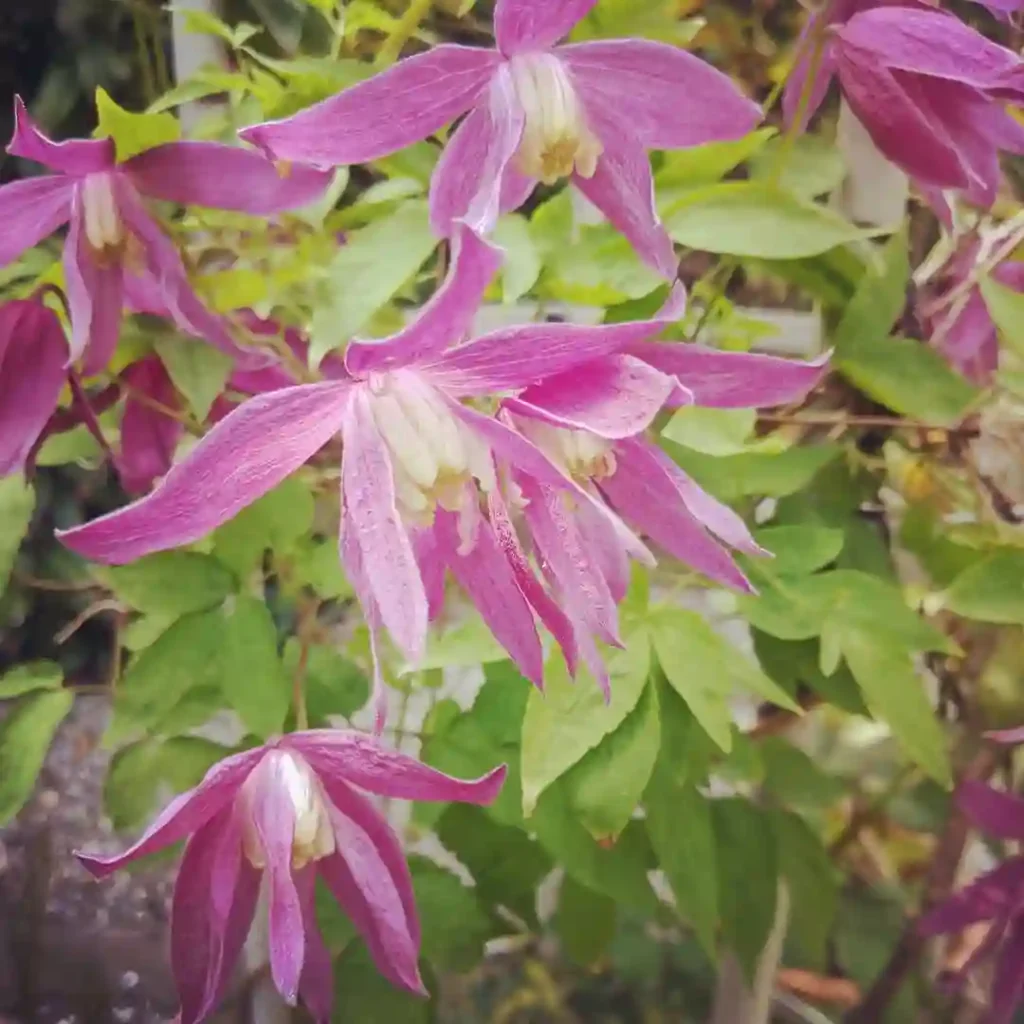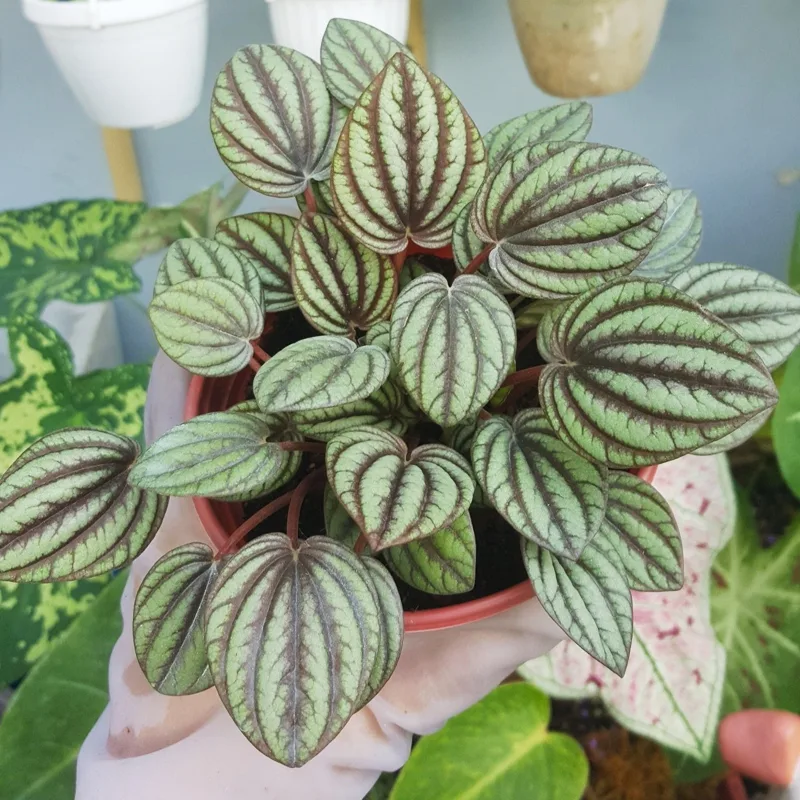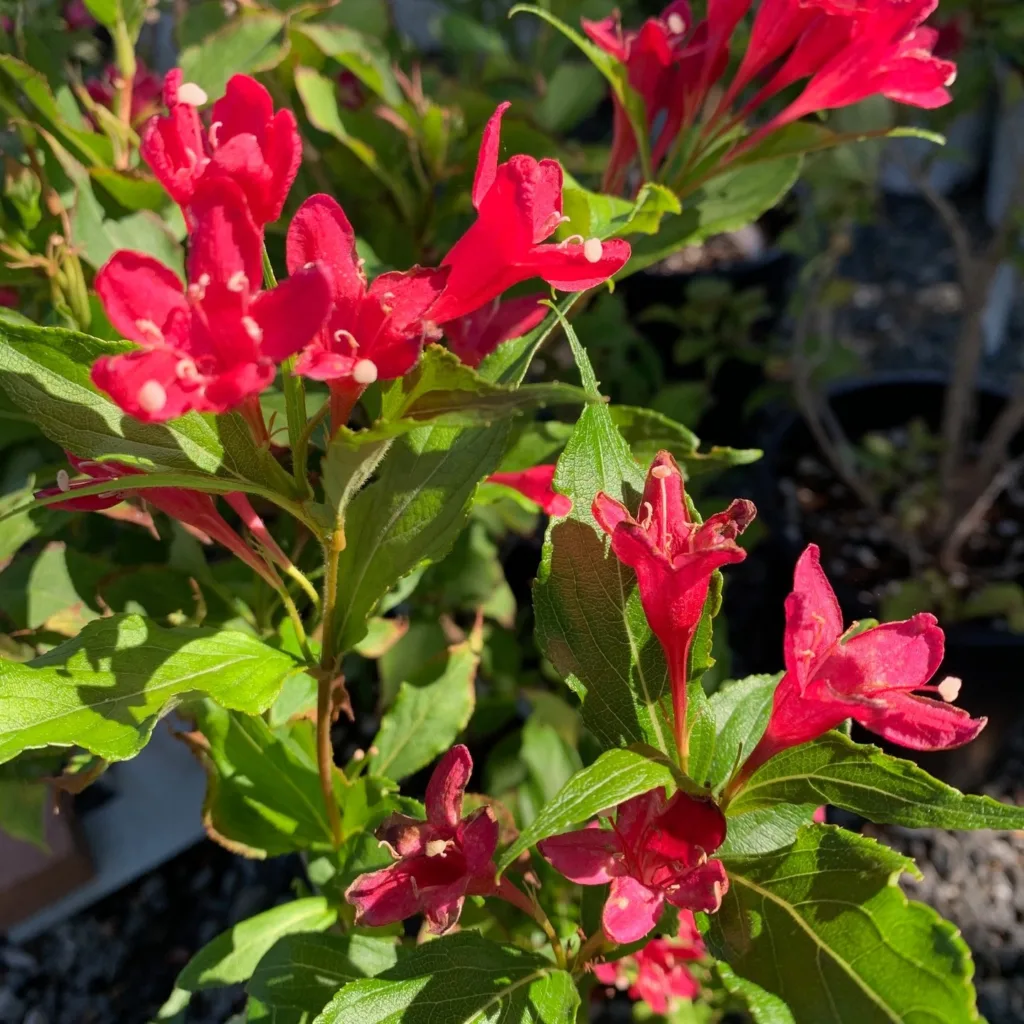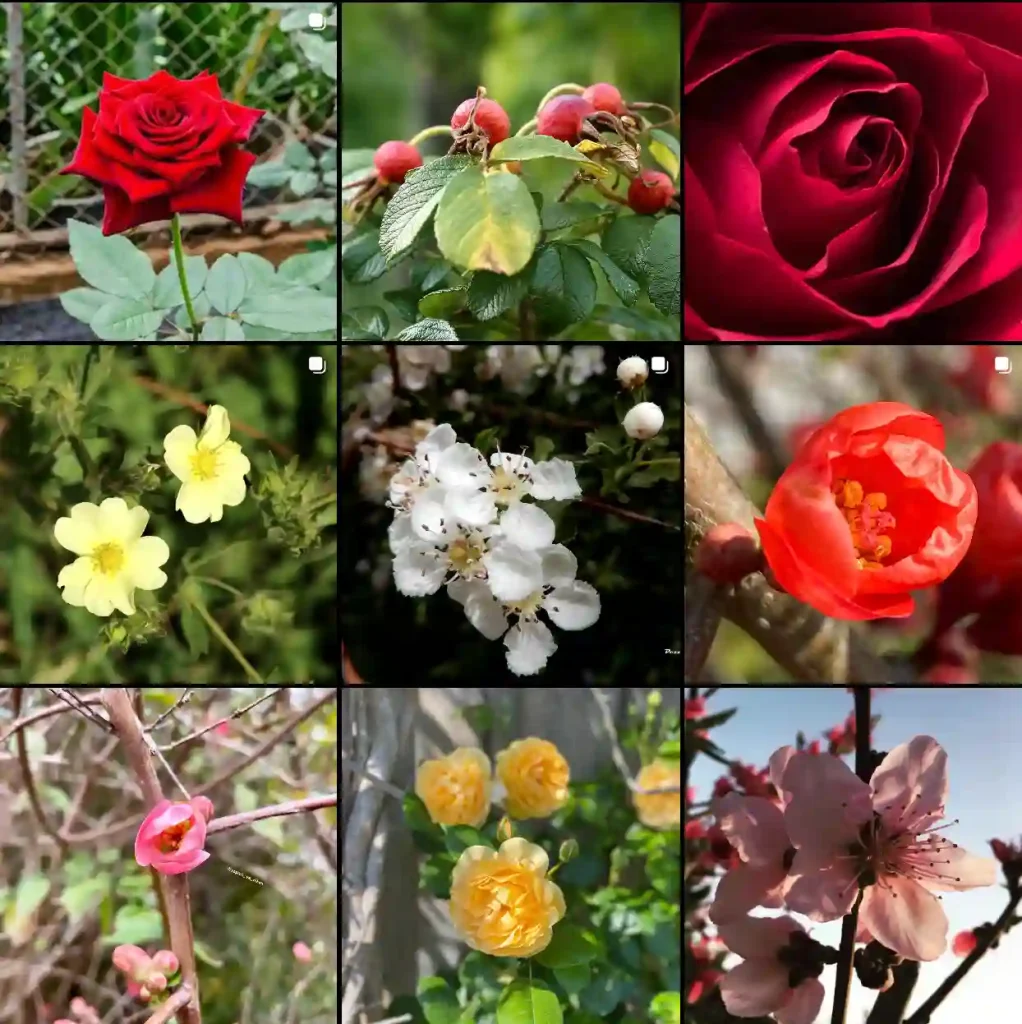My Fascination with the Iva Plant Genus
As a botanist, I’ve always been drawn to the unassuming beauty and resilience of the Iva plant genus, commonly known as marsh elders. These hardy plants, belonging to the Asteraceae family, are a testament to nature’s ability to thrive in challenging environments. Their understated elegance and ecological importance have captivated me for years.
Understanding the Iva Genus
The Iva genus comprises a diverse group of herbaceous annuals and perennials native to North America. They are characterized by their inconspicuous flowers and ability to tolerate harsh conditions, such as salt marshes, floodplains, and disturbed habitats. These plants play a crucial role in their ecosystems, providing food and shelter for various insects and birds.
One of the most fascinating aspects of Iva plants is their adaptation to wind pollination. Unlike many flowering plants that rely on insects or other animals for pollination, Iva species have evolved to utilize the wind to disperse their pollen. This unique strategy allows them to thrive in environments where pollinators may be scarce.
Exploring the Diversity of Iva Species
The Iva genus boasts a variety of species, each with its own unique characteristics and distribution. Here are:
- Iva annua: This annual species, also known as sumpweed or annual marsh elder, is native to the central and southern United States. It was once cultivated by Native Americans for its edible seeds.
- Iva frutescens: Commonly known as high-tide bush or shrubby marsh elder, this perennial species is found along the Atlantic and Gulf coasts of North America. It is a vital component of salt marsh ecosystems, providing habitat and food for various organisms. Plant FAQs: Iva Frutescens – Jesuit’s Bark
- Iva imbricata: This species, known as dune marsh elder or seacoast marsh elder, is adapted to sandy coastal environments. It plays a crucial role in stabilizing dunes and preventing erosion.
- Iva axillaris: Poverty weed, as it is commonly known, is a widespread species found throughout western North America. It is often considered a weed due to its ability to thrive in disturbed areas.
- Iva asperifolia: (Roughleaf Marsh Elder) is a hardy perennial native to North America, often found in wetlands and along stream banks. Its coarse, rough leaves distinguish it from other species in the genus, and it can grow to about 3-4 feet tall. Adapted to moist soils, it thrives in areas prone to flooding and can tolerate both full sun and partial shade, making it a resilient choice for natural wetland restoration projects.
- Iva cheiranthifolia: (Mountain Marsh Elder) is known for its high tolerance to saline and alkaline soils, often found along coastal areas and salt flats. It has a bushy appearance and features narrow, elongated leaves that emit a light, pleasant fragrance. This species is valuable for coastal erosion control due to its ability to establish quickly in sandy or rocky soils.
- Iva corbinii: is a lesser-known species with limited distribution, primarily in specific regions in Mexico. It has adapted to arid and semi-arid conditions and features small, tough leaves. It’s relatively drought-tolerant and serves as an important plant in its local ecosystems, where it plays a role in stabilizing soil and providing habitat for native insects.
- Iva hayesiana: (San Diego Marsh Elder) is native to southern California and Baja California, typically found in coastal and wetland habitats. This perennial herb can grow up to 5 feet and is distinguished by its lobed leaves and fragrant flowers that bloom in the late summer. Iva hayesiana is a great addition to native gardens as it attracts various pollinators and supports the local biodiversity in its natural range. Plant FAQs: Iva Hayesiana
- Iva microcephala: (Piedmont Marsh Elder) is characterized by its compact growth form and small, roundish flower heads, which attract various pollinators. Found in Southeastern U.S. wetlands, it prefers sandy soils and often colonizes disturbed areas. This species is hardy and drought-tolerant once established, offering erosion control and habitat support in sandy or loamy soils.
- Iva texensis: (Texas Marsh Elder) is a rare species native to the limestone-rich soils of Texas. It has adapted to rocky environments with limited water access and features gray-green, textured leaves. Texas Marsh Elder can help in soil stabilization in rocky terrains and is an essential part of its local ecosystem, providing cover and food sources for wildlife.
The Importance of Iva in Ecological and Human Contexts
Iva plants, despite their often-overlooked nature, play a vital role in their respective ecosystems. They contribute to soil stabilization, provide food and shelter for wildlife, and help maintain the health of wetlands and coastal areas.
Historically, some Iva species have also been utilized by humans for various purposes. Native Americans, for instance, cultivated Iva annua for its edible seeds and used other species for medicinal purposes.
However, it’s important to note that some Iva species, such as Iva axillaris, can be problematic weeds in agricultural and urban settings. Their ability to thrive in disturbed areas and outcompete other plants can pose challenges for land management.
My Continued Interest in Iva
My fascination with the Iva genus stems from its ability to thrive in adversity and its understated beauty. These plants, often overlooked or considered weeds, are essential components of their ecosystems and hold historical significance for human societies.
As a botanist, I am committed to continuing my research on the Iva genus, exploring its diversity, ecological roles, and potential applications. By understanding these plants better, we can appreciate their importance and contribute to their conservation.
If i die, water my plants!



